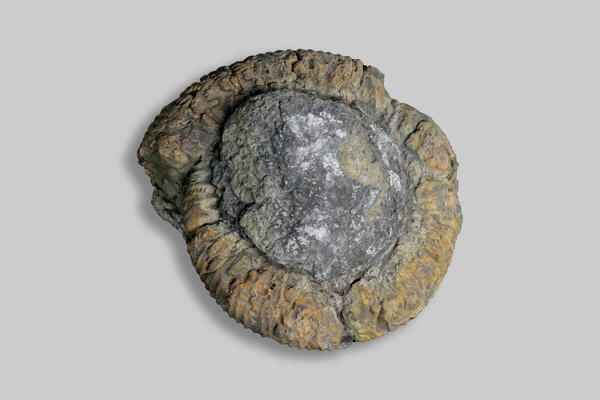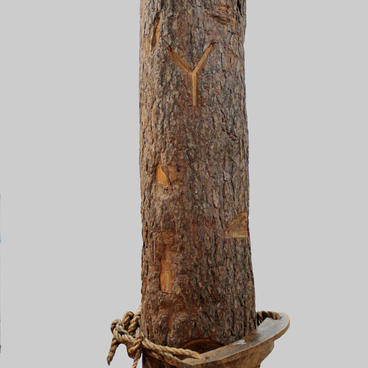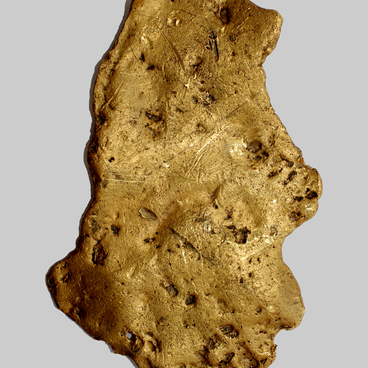The exposition of the Republic of Bashkortostan National Museum showcases fossils of ancient ammonites. Ammonites are extinct mollusks with a spirally twisted shell. They appeared on the Earth 400 million years ago. The ancestors of the ammonites were cephalopods that had straight shells called bactrites. Over time, those straight shells turned into spiral ones, and the ammonites retained this form throughout their existence. Only about 180 million years ago, those spirals began to unfold, taking on a variety of shapes.
Ammonites with different shells are called heteromorphs. An especially great quantity of them appeared at the end of the Cretaceous period, about 60 million years ago. In Antarctica, a half-unfolded, hook-shaped ammonite was found that was 2.5 meters long.
The shell of ammonites is formed by spirally convoluted whorls, and all these whorls are divided into chambers. The body of the mollusk usually occupied the last chamber, from which the head with eyes and tentacles."looked out’. This chamber was called the air chamber. Its length could be an entire whorl, half, and sometimes only one quarter of a shell whorl.
The development process for ammonites began at the initial chamber, from the center, and then, as it grew, the entire body of the mollusk moved in a spiral, leaving behind chambers separated by septums and filled with air. All the ammonite’s chambers were connected by a tube — a siphon. By adjusting the ratio of air and liquid in the chambers with the siphon, the ammonite moved vertically, like a float. They moved horizontally with the help of a special funnel, forcibly squeezing the water in the right direction.
One of the features ammonites have is suture lines. This is the pattern that is formed by the end of the septums at the junction with the shell walls. In earlier members of this class, it was very simple — almost a straight line. Later, the bends in these septums start to appear; they are called saddles and sutures.
The shell of ammonites is formed by spirally convoluted whorls, and all these whorls are divided into chambers. The body of the mollusk usually occupied the last chamber, from which the head with eyes and tentacles."looked out’. This chamber was called the air chamber. Its length could be an entire whorl, half, and sometimes only one quarter of a shell whorl.
The development process for ammonites began at the initial chamber, from the center, and then, as it grew, the entire body of the mollusk moved in a spiral, leaving behind chambers separated by septums and filled with air. All the ammonite’s chambers were connected by a tube — a siphon. By adjusting the ratio of air and liquid in the chambers with the siphon, the ammonite moved vertically, like a float. They moved horizontally with the help of a special funnel, forcibly squeezing the water in the right direction.
One of the features ammonites have is suture lines. This is the pattern that is formed by the end of the septums at the junction with the shell walls. In earlier members of this class, it was very simple — almost a straight line. Later, the bends in these septums start to appear; they are called saddles and sutures.
Scientists are inclined to believe that this kind of complex septum strengthened the shell, and made it possible for the ammonites to sink down to great depths. Throughout the history of ammonites, the suture line has become increasingly complex. But during natural cataclysms, species with complex lines perished first, and only those forms with simple septums remained.



